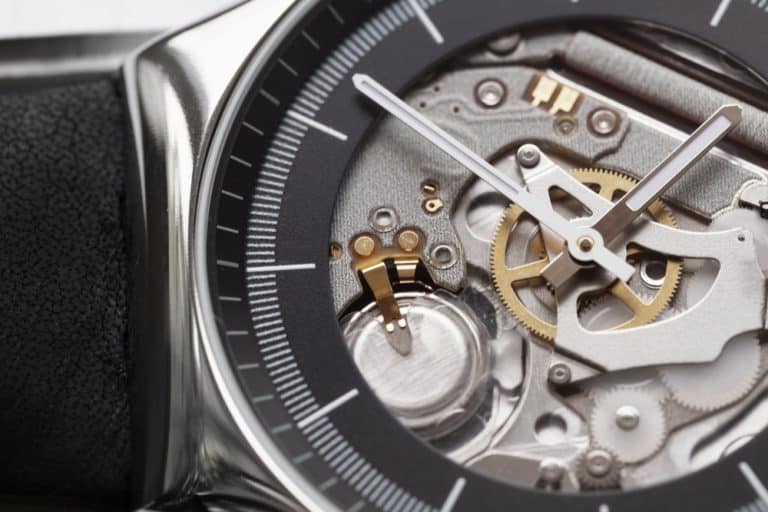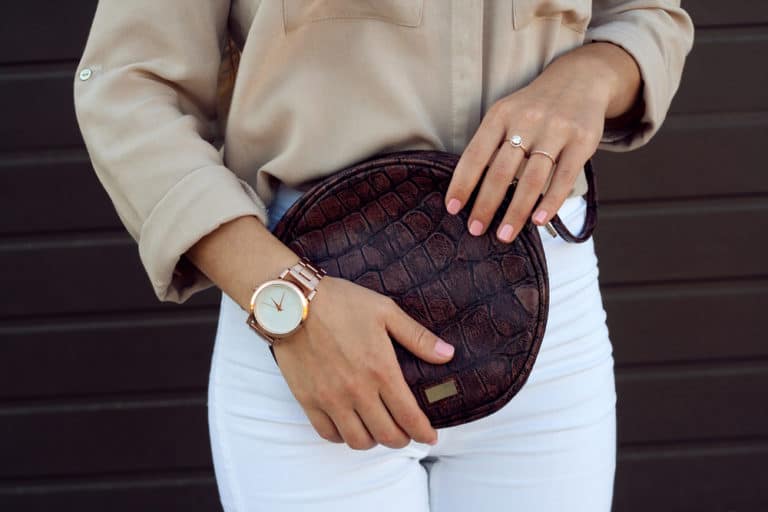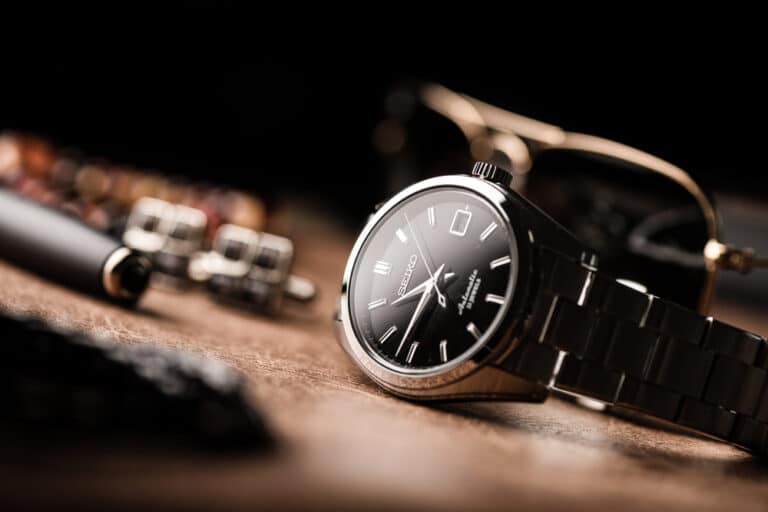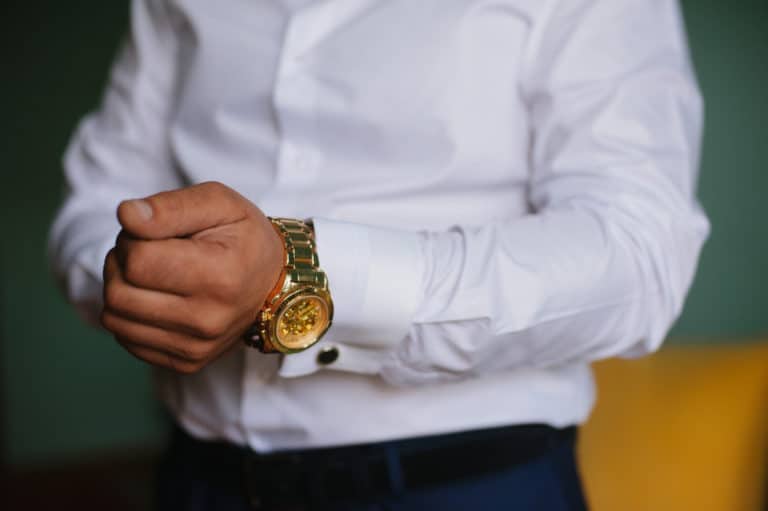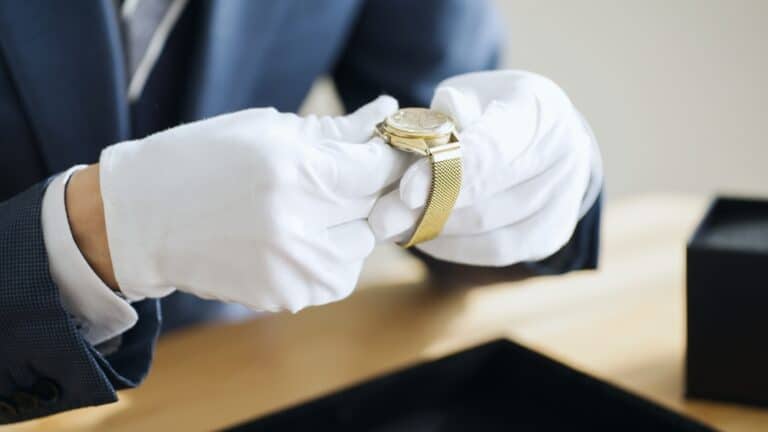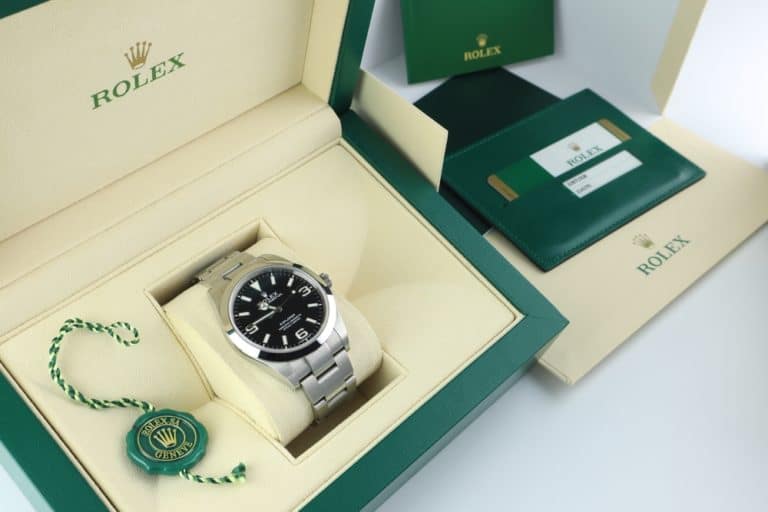From the sundials of the ancient Egyptians to the mini-computers that we call smartwatches, keeping track of time has come a long way, indeed! Time dictates our busy schedules, so it’s no surprise that we have these portable timepieces attached to us called watches. English is a beautiful but strange language sometimes, so have you ever wondered why watches are called watches?
The term “watch” was first used to name a timepiece in the 15th century. It was used in the context of wakefulness, particularly for guarding duties. Some accounts state that watches acted as alarms to wake guards for shifts. Others refer to the guards’ calling out the time that had passed safely.
Our timekeeping technology has evolved tremendously since the Middle Ages, but digging into the origin of the term “watch” reveals the fascinating history of their development. In the 15th century, portable clocks with spring-driven movements made their appearance in Europe. These were the forerunners of today’s wristwatches.
Why Are Watches Called Watches?
No, it’s not because we look at our watches to see the time! The term “watch” comes from the Medieval days, originating from the Old English words “waecce,” meaning watchfulness, or “waeccende,” referring to remaining awake.
During those times, war was a perpetual reality, and cities always had to defend themselves against attacks from invading communities. To this end, they built walls around the cities and placed armed guards on them on a rotational system to keep a lookout for enemy action.
The daytime shift was called a guard, and the night duties were referred to as a watch. Watchmen of those times wore an odd uniform. They donned warm clothing and capes to protect them from the icy weather. Their weapons were usually some type of polearm, with a lantern hanging from the end.
The watchman would patrol the city, and after each passing hour, he would call out: “It’s the X hour, and everything is safe.” Although clocks were rare in those days, they would measure the night hours with a candle. From the mid-1300s, they used an hourglass, which was more available than a clock and more accurate than a candle.
A watch informed the people of the passing hours and reassured them that all was secure. Their safety was linked to the passage of time without incident. Today, a watch still signifies the passing of time, albeit without declaring our safety.
17th-century sailors also used watches to time their shifts, but by then, the watch had already been defined as a type of timepiece.
Records Of A Timepiece First Being Called A Watch
The Chambers Dictionary of Etymology refers to a Middle English – Latin bilingual dictionary, the Promptorium Parvulorum, dating back to about 1440, as having the first documented use of the word “watch” as a timepiece-related noun. It defines it as an alarm on a clock: “Wecche, of a clokke.” Chambers indicates that “wecche” referred to an alarm affixed to a clock to wake sleepers.
Why Is A Watch Not Called A Clock?
The word “clock” comes from the orignal Latin word meaning “bell” – clogga. The clocks of old did not have hands and marked the passing time by ringing a bell when society began using fixed hours.
The first clocks were developed from agricultural tools, using interconnecting toothed wheels driven by water, weights, and counterweights. People installed these massive timepieces in towers, the first of which was built in about 1350 in Milan, Italy. The oldest surviving one is found at the Salisbury Cathedral and is only about 35 years younger than Milan’s.
When clocks became small enough to be carried around, their name changed to pocket clocks. It was these portable clocks that the 15th-century watchmen used to keep track of their duties, and opinion has it that the name changed from pocket clocks to watches for this reason.
The Inventor Of The Watch
Peter Henlein, born in 1485, was a German locksmith and clockmaker often credited with inventing the watch. He was among the first to produce small decorative portable clocks, which people used as pendants, or attached to their clothing. It was these little clocks that are considered the first watches.
Henlein became well-known for making small, very expensive spring-powered clocks. They became fashionable amongst the elite and nobility, who wore them as pendants. He started building little clocks into pomanders, or musk-balls, which were made from precious metals. They were often given as presents to important people.
The earliest surviving pomander watch is the Watch 1505, made by Henlein. It was a fire-gilded timepiece made in 1505.

A Brief History Of Wristwatches
Patek Phillipe is credited with inventing the first wristwatch in 1868. Two Swiss watchmakers, Pierre Jaquet-Droz and Jean-Frederic Leschot, tried it in 1790 when they attached it to a lady’s bracelet, but it was not popular.
Patek Phillipe’s version became popular as jewelry and was called a wristlet. When mass production became possible in the late 19th and early 20th centuries, many women wore less expensive wristwatches. Men preferred wearing pocket watches instead of wristwatches because they were considered more manly and would not get in the way when they worked.
In the late 1800s, sailors and soldiers found it inconvenient to use pocket watches at sea and on the battlefields and began adapting them with leather straps that could fit onto their wrists.
Famous watchmaker Louis Cartier made a watch on a leather strap for his aviator friend, Albert Santos Dumont. By World War 1, wristwatches became standard for soldiers, so they could watch the time without using their hands. Now wristwatches were manly enough. By the end of the 20th century, most people were wearing wristwatches as much to tell the time as a fashion statement.
A Watch Is Sometimes Called A Kettle
A watch and a kettle are so vastly different that you may not understand why some people use the word interchangeably. Those people would be the folk from East End London. Cockney rhyming slang is probably only understood by the locals, but they use two words to create a new rhyming word. So, let’s see how “watch” became “kettle” with this logic:
Kettle + hob = watch: Originally, a pocket watch attached to the clothes with a small chain was called a fob watch. The kettle would boil on the stove, on the hob. It’s one of those pieces of wisdom gained only from being born into that culture.
Although most people reading this explanation may fail to see its logic, some top watch brands use this word for some of their items. Examples include Omega, Patek, Rolex, Hublot, and AP.
The Final Watch Word
While many think that watches as we know them were only invented a century or two ago, they go back as far as the 15th century. Even the word “watch” comes from Old English terms, referring to the night watchmen who declared the safe passage of time measured with candles, hourglasses, and finally, portable clocks.
References
- https://en.wikipedia.org/wiki/Watch
- https://www.grammarphobia.com/blog/2018/11/watch.html
- https://www.quora.com/Why-are-wristwatches-called-watches-but-clocks-called-clocks
- https://electronics.howstuffworks.com/gadgets/clocks-watches/why-wear-wristwatches.htm
- https://en.wikipedia.org/wiki/Peter_Henlein
- https://londonpass.com/en-us/blog/guide-to-cockney-rhyming-slang
- https://www.instagram.com/kettle_hob/?hl=en

